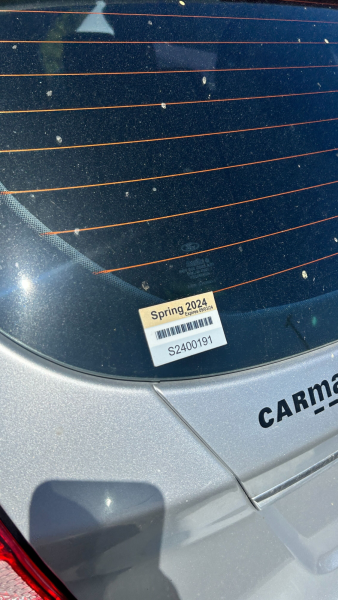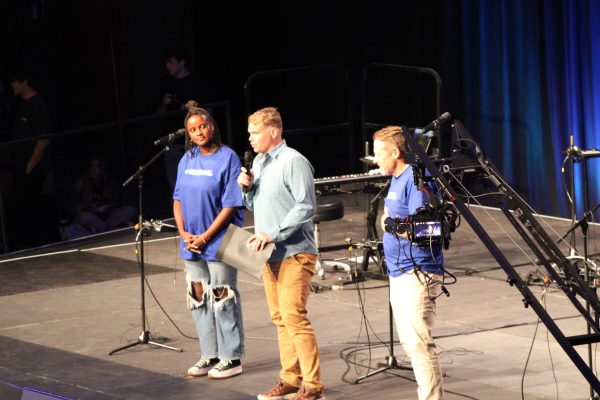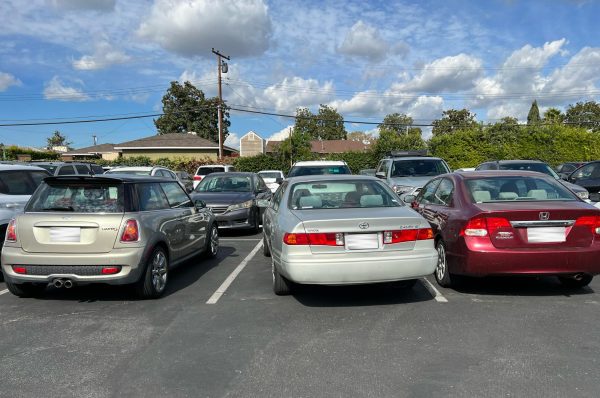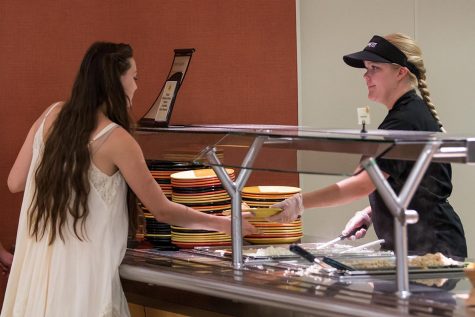Jewish traditions are an opportunity for connection
Emily Arnold discusses what it means to be both Christian and ethnically Jewish.
March 20, 2013

Last week, my mom sent me a text that read, “Auntie Ady invited us to Passover Seder on Monday, March 25. Are you available?” My first thought was, “I'm scheduled to work that night. Guess I won't make it to Seder.” But as I began to think more about Passover, about how nice it is that my aunt invited us over, and about how that meal could be profoundly powerful for me, it hit me that I have always taken for granted the opportunity to effortlessly experience the joy of Jewish traditions.
For years growing up, I just went along for the ride because, well, I had to. My parents typically took Auntie Ady up on her invitations to celebrate Passover, Hanukkah or other Jewish days of observation, and I never asked too many questions. I was just happy to eat delicious food.
But as my knowledge of the Old Testament grew, I started to think more deeply about these Jewish traditions I have mindlessly celebrated over the years. With each new thing I learn about God’s acts in the Old Testament, my knowledge of the Messiah is expanded.
What a shame it would be for me to never take a closer look at the meal he participated in the night before he died. What a waste it would be to not see my Jewish ethnicity as a unique way that I can connect more deeply with Jesus Christ.
“I never realized growing up that Jesus was Jewish. It was never something we talked about,” my mom said, explaining what growing up in her Jewish home was like. “We were like Christians who only go to church on Easter and Christmas. We celebrated major holidays but didn’t really understand much about it.”
When she moved out of her house at 17, she stopped attending youth group at temple or practicing Jewish traditions. Fourteen years later, at 31, she became a Christian.
“I learned more about being Jewish when I became a Christian, and it legitimized everything for me,” she said. “I realized that being Jewish was [not] separate from Christianity.”
In fact, symbolism embedded in the seder relates closely to a relationship with Christ. For example, you are supposed to recline while drinking the four cups of wine to demonstrate freedom; back in the day, the only ones with the luxury of reclining while eating were free people.
The karpas — the “appetizer” — which is lettuce, cucumber, radish or parsley, is dipped in salt water, which represents the tears of the Jews in Egypt. This is a time when we can reflect on how the Lord rescued them, and demonstrated his faithfulness.
When it comes time to eat the matzot, a blessing is said in Hebrew, which translates: Praised are You Adonai our God, Ruler of the Universe, who brings forth bread from the earth.
A shank bone sits on the seder plate, reminiscent of how the Israelites marked the doorposts with the blood of a lamb during the 10th plague in Egypt. It serves as a reminder to me that the Lamb of God was the ultimate sacrifice, and I now live in his grace.
While some of us are descendants of the Israelites, all of us have been adopted through Christ into his family. We can strengthen our relationship with our Father by partaking in the traditions found in the history of our heritage.







